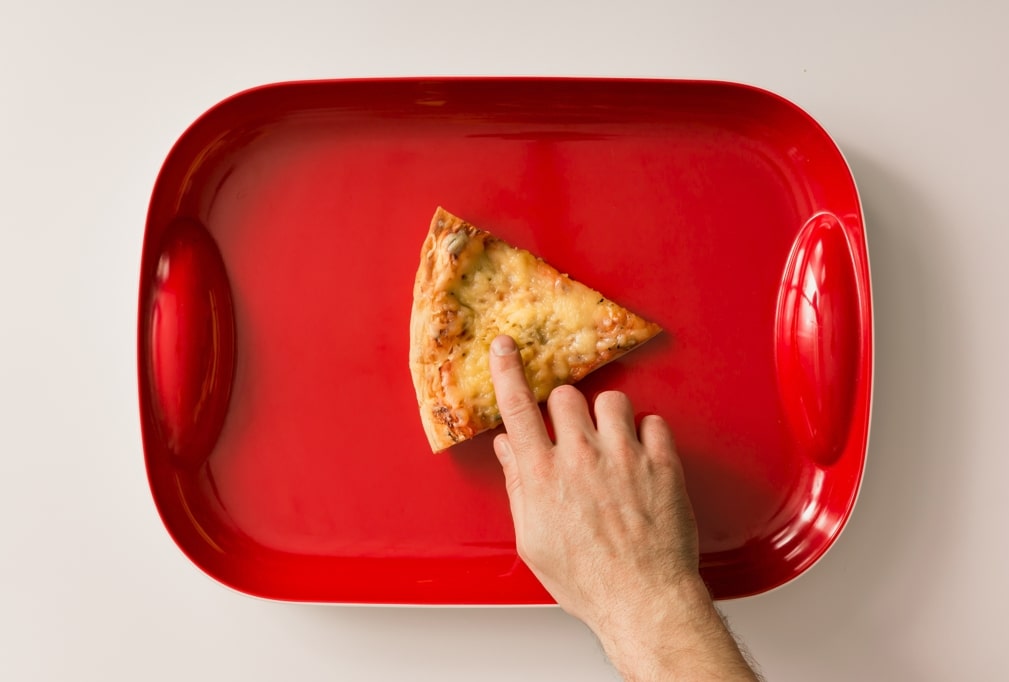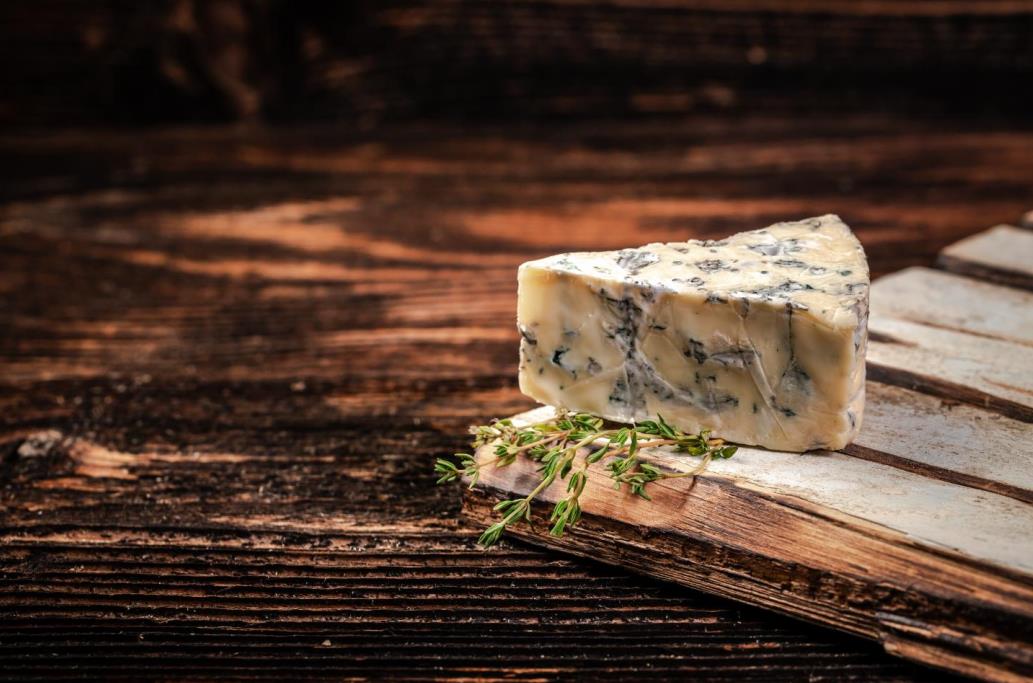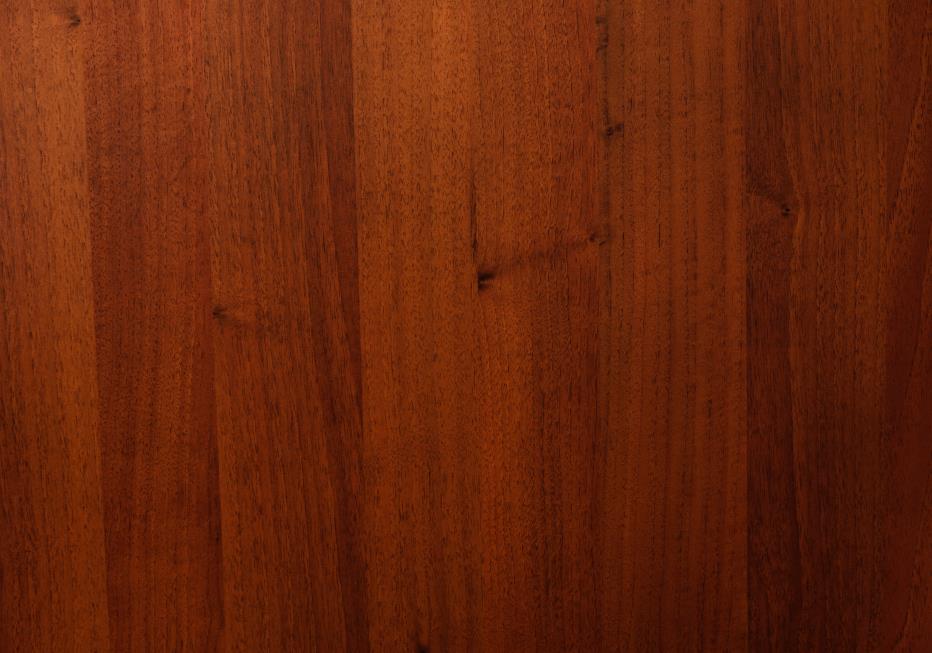Have you ever walked into a gourmet kitchen or a trendy restaurant and noticed the sleek, beautiful marble cutting boards? These boards are certainly an eye-catching addition to any kitchen, and most people love them for this reason.
However, an ideal cutting board should feature more than just looks. It should be sturdy, food safe, gentle on knives, and highly durable, which brings us to the question, are marble cutting boards good?
Let’s face it, despite being an attractive material, marble isn’t suitable for cutting boards. The material is too hard, meaning it can quickly dull knives. Moreover, the boards are delicate and will chip or crack when dropped or hit with a heavy object. Coupled with the board’s slippery and bulky nature, falling on a hard surface is often disastrous.
Still, some people find the material quite useful. This article closely examines the pros and cons of marble as a cutting board material. We’ll also compare the material to charcuterie boards and discuss other alternatives.
Table of contents
An overview of marble cutting boards

Marble is a metamorphic rock comprising recrystallized minerals, typically calcite or dolomite. The formation of this material happens when limestone or dolomite is subjected to intense heat and pressure, forcing the minerals to recrystallize, forming interlocking crystals of calcite or dolomite.
Marble cutting boards come about when manufacturers cut this hard rock to form a solid, smoothened, flat surface. These boards come in various shapes, styles, and sizes and often feature veining patterns that make each one-of-a-kind. The material is typically heavy and thick, which makes it stable and prevents it from moving around during use.
Like any other natural stone, marble is a porous material. However, manufacturers use chemicals to seal these pores artificially, making the boards non-porous. The type of sealant used is often a concern because some, like Fluoro Polymers, are generally not considered food safe.
They can break down when exposed to high temperatures, potentially releasing harmful chemicals. Other sealants like siliconates and siloxanes are safe for use in food contact because they are non-toxic and inert. As such, most manufacturers prefer to use them.
Are marble cutting boards good?
As we have already established, marble cutting boards aren’t the best cutting boards out there. However, these boards still have some features and aspects that make them a desired cutting surface. Below are some of their pros and cons for you to make a more detailed and conclusive decision.
Advantages of marble cutting boards
Hygienic material
Sealants make marble cutting boards nonporous. That means the board doesn’t absorb liquids and bacteria as some woods do. As such, the board is more hygienic because it doesn’t harbor harmful bacteria that can contaminate food.
Moreover, because it’s non-porous, it’s less likely to discolor, ensuring the board stays looking clean and new.
Heat resistance
Marble has excellent heat resistance properties, which means it’s perfect for use in the kitchen. The board is unlikely to crack or warp under high temperatures making it ideal for handling hot pots and pans. You can also use it as a trivet to protect your countertops from heat damage.
Aesthetic appeal
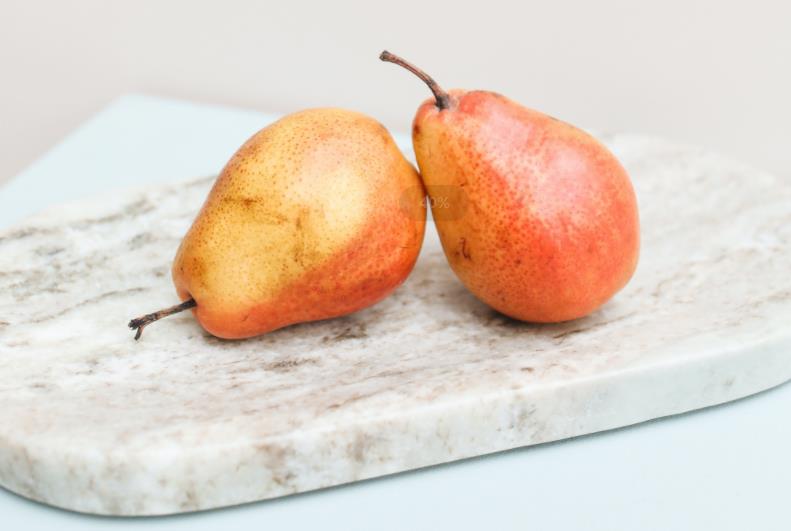
One of the main reasons people use marble cutting boards is their aesthetic appeal. Marble is a beautiful natural stone that can add an elegant touch to any kitchen. Its unique veining patterns and colors make each board unique, adding a touch of sophistication to your food preparation.
Marble cutting boards also look great as serving platters for appetizers, cheese boards, and other foods.
Easy to clean
Marble cutting boards are easy to maintain, requiring only a simple cleaning with soap and water after each use. If the board becomes stained, you can easily remove the stain with a mixture of baking soda and water. Additionally, marble does not require regular oiling like wood cutting boards, making it a low-maintenance option.
Durability
Marble cutting board will last longer than other materials, making it a cost-effective investment in the long run.
Disadvantages of marble cutting boards
Dulls knives
One of the most significant drawbacks of marble cutting boards is that they dull knives more quickly than other materials. Marble is a hard, dense stone that, unlike some wood types, doesn’t have any “give” when you cut on it.
So there’s increased friction whenever your kitchen knife directly contacts the hard cutting board. Within a short period, your knife will dull and demand to sharpen. No chef likes the responsibility of a knife that requires frequent sharpening and maintenance.
Expensive
Cost is an essential factor when looking for a cutting board material. Since the process of mining and processing marble is one of the most expensive, the end product, which in our case is a marble cutting board, is also quite costly.
Marble cutting boards can cost as high as $300. High prices are a deterrent, especially for users looking for a functional and affordable cutting board.
Increased risk of damage
Although highly durable, marble cutting boards aren’t immune to damage. In fact, there’s an increased risk of damage when using a marble cutting board than when using a plastic cutting board.
That’s because when you accidentally hit your board using a hard object, say a rolling pin or heavy knife; it will easily crack or form dents. Moreover, there’s an increased risk of breaking and shattering when these boards fall on a hard surface like a tiled floor.
Heavy and difficult to handle
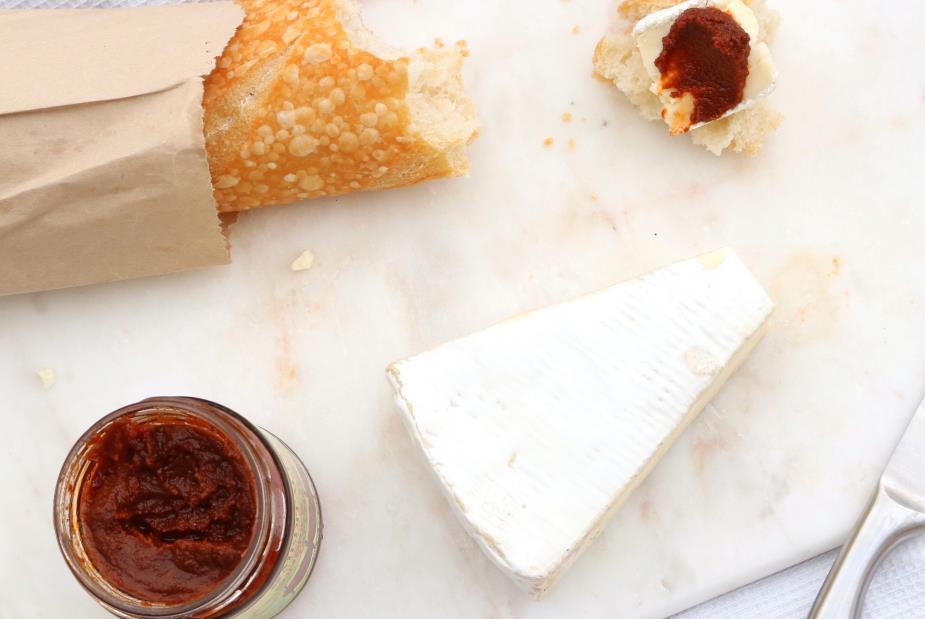
Marble is a heavy and bulky material that can be difficult to carry around, especially for people with limited mobility and strength. Moreover, there’s an increased injury risk when such a heavy board falls or presses against your fingers or toes.
Marble as charcuterie boards vs. marble as cutting boards
Marble is highly versatile. Besides using it as a cutting board material, you can also use it as a charcuterie board.
For starters, a charcuterie board consists of a selection of meats, cheeses, fruits, crackers, bread, nuts, and other complimentary items. Chefs usually arrange these items in an attractive and visually appealing way. On the other hand, a cutting board is just that, a board used to cut food items.
Using marble as a charcuterie board and marble as a cutting board material works fine for both use cases. However, we have to agree that in terms of applicability, a marble charcuterie board is more effective in serving its purpose than a marble cutting board. And the reasons are pretty apparent.
Marble makes excellent charcuterie boards because it’s naturally an eye-catching material that matches the requirements of the charcuterie display. The elegance and beauty enhance the presentation of your charcuterie spread, whereas its smooth, cool surface provides a stylish backdrop for the colorful array of meats, cheeses, fruits, and other accompaniments you may choose to display.
On the other hand, although marble cutting boards have the aesthetic appeal any chef would desire, they don’t feature the crucial aspects of a cutting board. For one, these boards will quickly dull your knives, easily break when they fall and are heavy and difficult to handle. Conclusively we can say marble makes better charcuterie boards than it does cutting boards.
Other materials for cutting boards
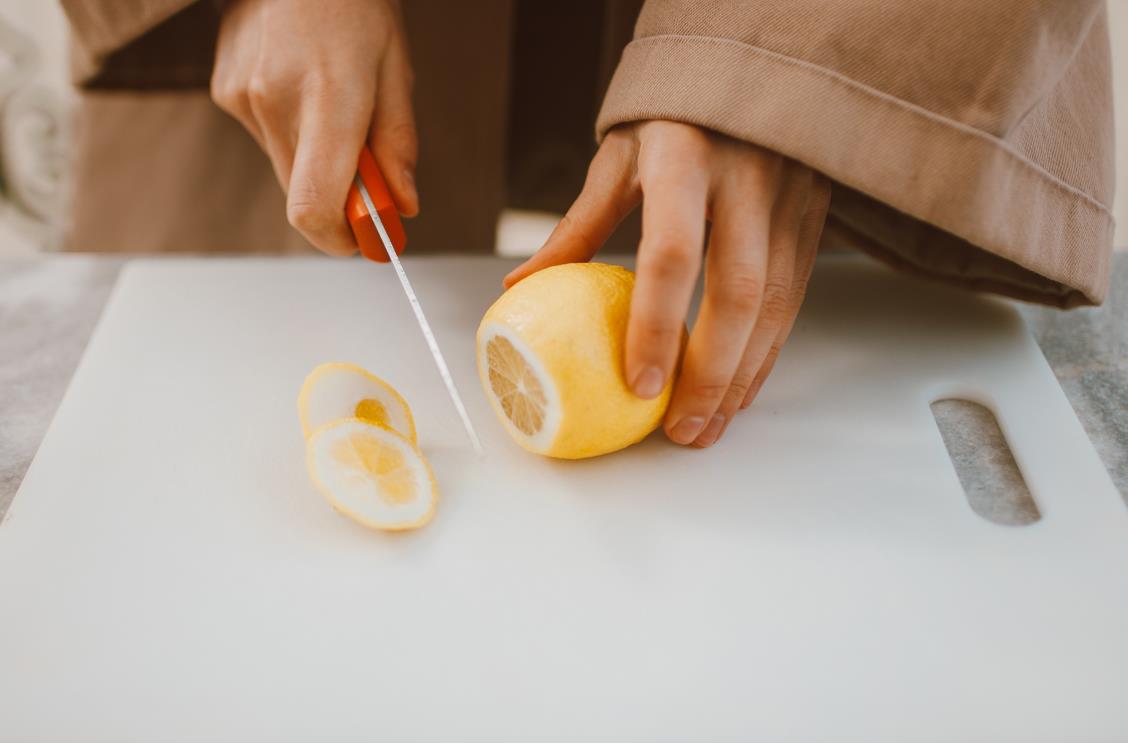
Besides marble, we also have other materials that make cutting boards. Some have all the features needed, whereas others don’t meet some desired requirements. Here’s an overview of some marble alternatives.
- Wood: Wood cutting boards are a classic and timeless choice for professional chefs. These boards are available in various hardwoods, such as cherry and walnut. They offer kitchen a warm and natural look. Most wood cutting boards are gentle on knives and can be sanded and resealed to remove scratches and stains. Most chefs consider wood the best cutting board material ever.
- Plastic: Plastic cutting board is an affordable and practical option for users on a budget. These boards are lightweight, easy to clean, and come in various colors and sizes. Unfortunately, plastic cutting boards are prone to scratches and can harbor bacteria if not properly sanitized.
- Bamboo: Bamboo cutting boards are a sustainable and eco-friendly option for those looking to reduce their environmental impact. Bamboo boards are durable, lightweight, and easy to clean. However, bamboo cutting boards are relatively hard, making them likely to dull your knives.
- Glass: Glass cutting boards are a hygienic, easy-to-clean option resistant to scratches and stains. Like plastic boards, glass cutting boards come in varied colors and patterns. While they add to the aesthetics of any kitchen, they also quickly dull knives.
Final Thoughts
Conclusively, marble cutting boards don’t offer the functional appeal required of a cutting board. The material is too hard, causing knives to dull faster, and easily breaks and cracks upon impact with hard objects. However, aspects like aesthetic appeal, ease of cleaning, and hygiene make it quite popular.
Once you find a cutting board material that suits your needs, visit our HDMD store for a collection of high-quality handmade kitchen knives that will change your culinary experience.





